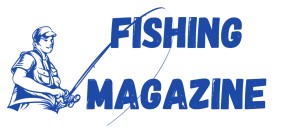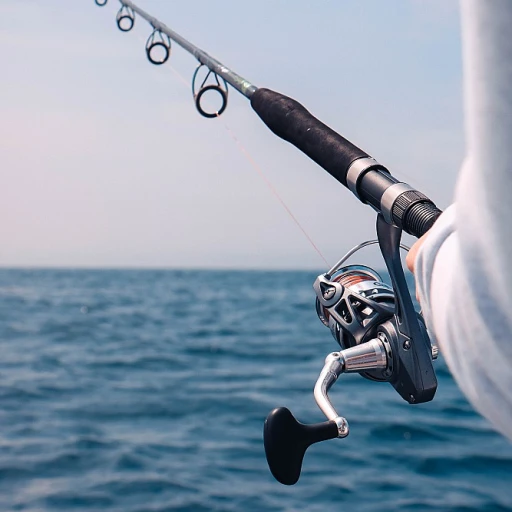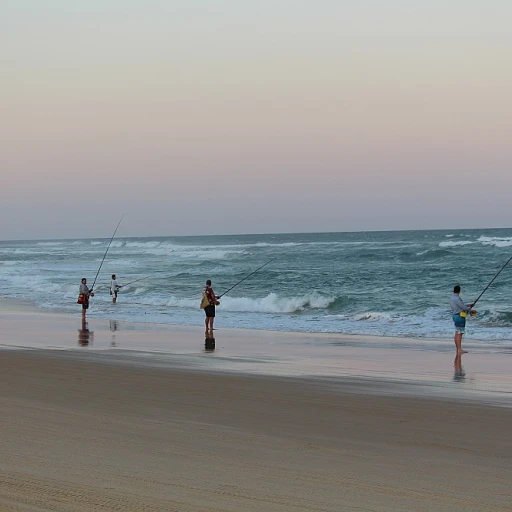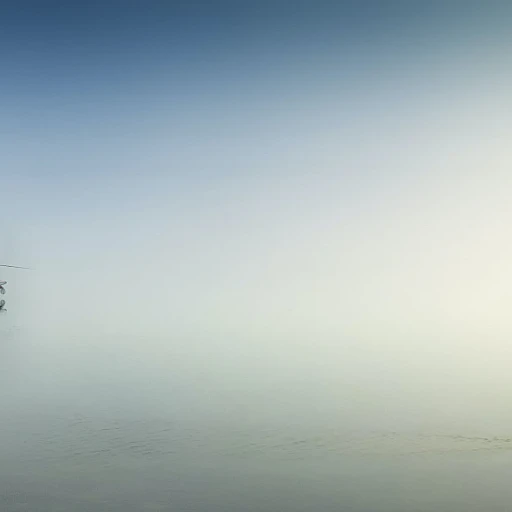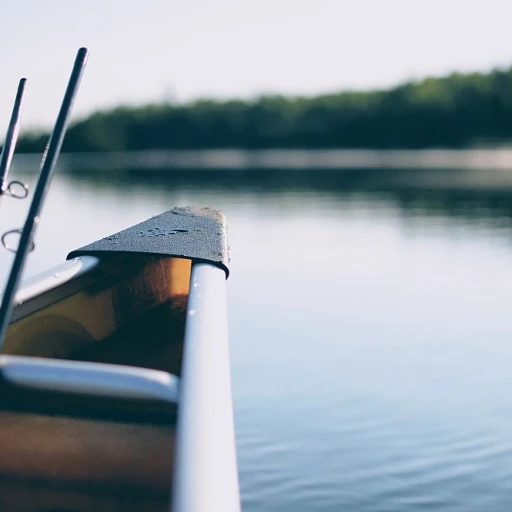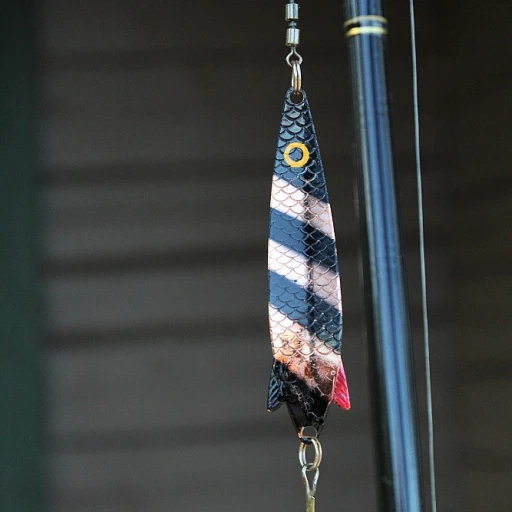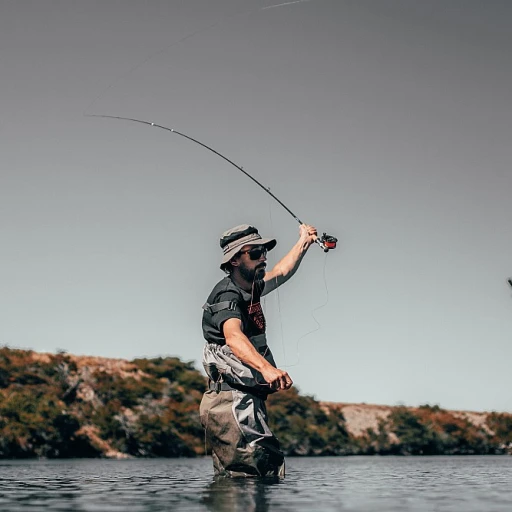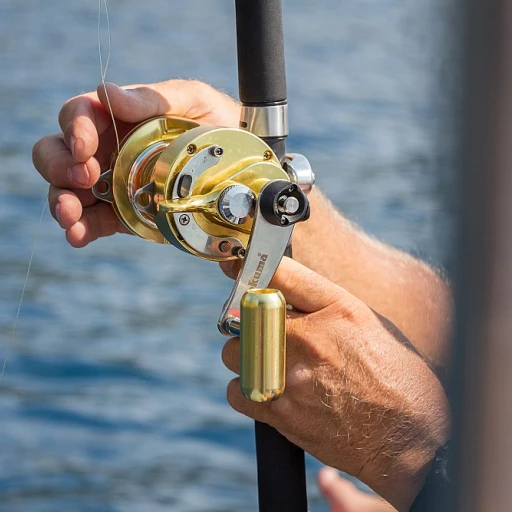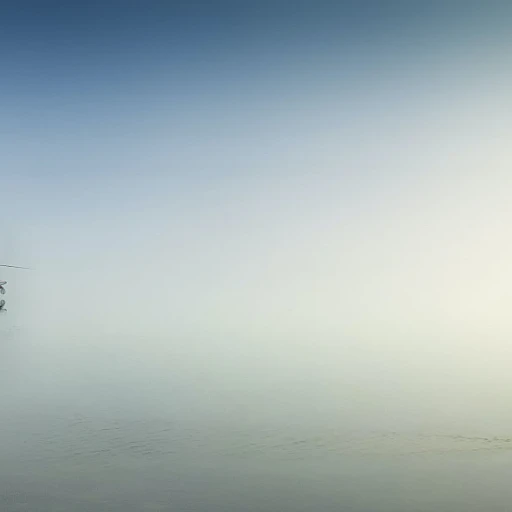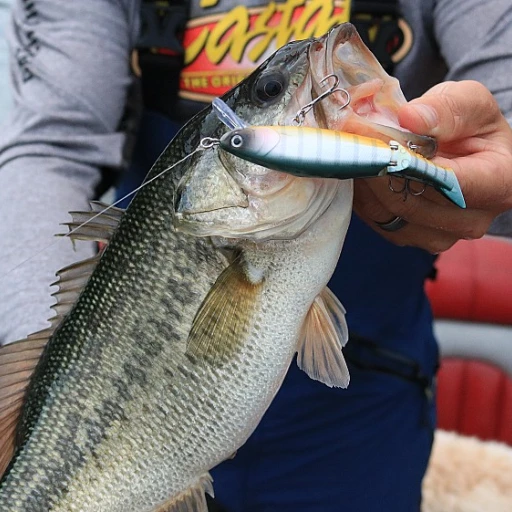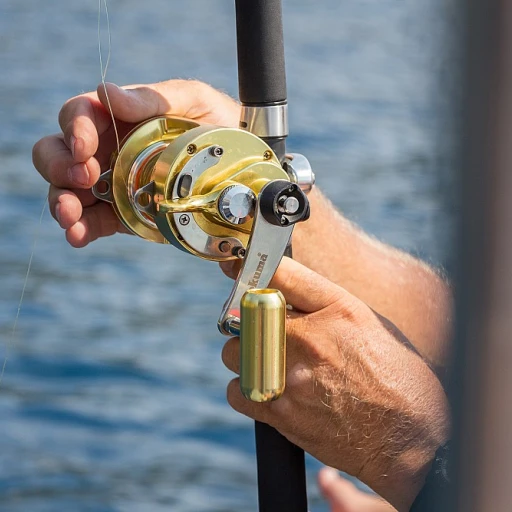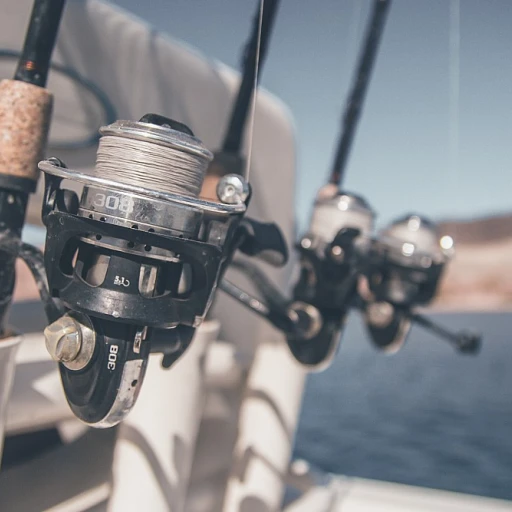
Understanding the Fort Hall Bottoms Terrain
Introduction to the Terrain of Fort Hall Bottoms
The Fort Hall Bottoms is a vibrant fishing destination located in Idaho, renowned for its diverse aquatic landscapes that make it a haven for both novice and seasoned anglers. The area presents a unique mix of natural features that create an abundant ecosystem supporting a variety of fish species, from the elusive cutthroat trout to the widely sought-after rainbow trout, making it an ideal locale for a memorable fishing trip.
Spanning across multiple water bodies, the Fort Hall Bottoms encompasses lakes, reservoirs, creeks, and ponds. The Chesterfield Reservoir and the Snake River are prominent fixtures in the area, offering expansive waters that promise thrilling fishing adventures. South to the north, the terrain offers varied fishing hotspots. While Big Wood River and the South Fork are known for fly fishing experiences, the crystal-clear waters of the upper Snake River are prime territories for trout fishing.
The bottomlands are characterized by their fertile banks teeming with fish and diverse wildlife. The state's wildlife management efforts have been foundational in preserving this dynamic ecosystem, allowing for sustainable recreational activities such as river fishing and other water sports. Whether you find yourself casting a line in the lower fort or the oxford area of the state park, the terrain is designed to cater to your angling interests throughout the year.
Navigating with the Fort Hall Bottoms Fishing Guide Service Map
The Importance of a Reliable Fishing Map
Exploring the expansive waters of the Fort Hall Bottoms can be quite an adventure. Whether you're targeting the diverse population of rainbow trout, largemouth bass, or the elusive cutthroat trout, having a reliable fishing guide service map is crucial. This map not only helps you navigate the intricate network of lakes, ponds, and river areas but also highlights the best fishing spots in the north, south, and throughout the rest of the region.
Understanding the Layout
The Fort Hall Bottoms’ vast terrain is a blend of big waters and small creeks, such as the Snake River, the South Fork, and the upper Big Wood. Each area has its own unique set of fishing opportunities and challenges. The map will provide detailed information on accessibility points, distances between key fishing sites, and even suggest optimal routes for your fishing trip. This is particularly useful for those visiting the Fort Hall area for the first time.
A Guide to Spotting Seasonal Changes
Acquainting yourself with the map can also reveal the seasonal changes in the terrain that influence fishing conditions. For instance, during spring, the crystal-clear waters of chesterfield reservoir and other ponds invite a rich diversity of fish. In the lower regions, rivers that flow through the state parks or near Malad City may promise different experiences.
The Advantage of Technology
Many modern fishing maps come equipped with GPS technology, allowing you to pinpoint your location and identify fishing hotspots with ease. This can be immensely helpful in ensuring that you make the most of your fishing trip, regardless of whether you're a fan of fly fishing in the Jackson Hole river area or embarking on fishing charters along the Oxford Reservoir.
For those looking to enhance their fishing experience, considering tools that increase convenience and enjoyment is key. Adding a grill to your pontoon boat can provide a delightful break on your fishing endeavors. Explore how you can enhance your fishing experience by enjoying freshly caught fish right on the water.
Essential Gear for Fishing in Fort Hall Bottoms
Gear Essentials for a Successful Fishing Trip
Embarking on a fishing trip to the Fort Hall Bottoms demands more than just skill and patience — it requires the right gear to enhance the experience. The diverse terrain, featuring an array of water bodies like lakes, rivers, and even a crystal-clear creek, presents unique challenges and opportunities for anglers. Whether you’re keen on casting for rainbow trout in the Upper Snake River or hunting largemouth bass in a secluded pond, ensuring your tackle box is well-stocked is paramount.
To get started, having high-quality fishing rods and reels suited to the specific type of fishing is crucial. Those interested in fly fishing should invest in a good fly rod and corresponding line, while lovers of traditional reel fishing might prefer a spinning rod, especially when targeting the big trout in the area. Let's not forget the variety of fishing charters available here that can provide customized gear advice specific to the terrain.
Also, it’s essential to pack an assortment of lures and bait specific to the species you are targeting. For example, rainbow trout and cutthroat trout in areas like the Chesterfield Reservoir are often tempted by bright, flashy lures, while big wood sections of the South Fork may require more subtle presentations.
Don’t disregard the importance of suitable clothing and protective gear. Weather conditions can vary greatly between the north and south sections of the area, so waterproof gear and sun protection greatly aid in ensuring a comfortable experience. Moreover, a well-prepared angler considers additional safety equipment such as personal flotation devices, especially when venturing out onto the larger reservoirs or the Snake River.
Finally, connectivity is key—whether it’s for updates on local fishing reports or to check on the latest wildlife management regulations before you head out. Engaging with local fishing communities can also lend insights into the best spots and gear to use given the season. Thus, ensuring access to relevant fishing maps and guides, such as those available for Fort Hall, is integral.
For more insights on enhancing your outdoor excursions, consider checking out these tips to optimize your fishing gear selection.
Seasonal Fishing Tips for Fort Hall Bottoms
Seasonal Patterns and Strategies for Success
Fishing in the Fort Hall Bottoms area offers anglers a diverse set of opportunities throughout the year. Understanding the seasonal patterns and adjusting your approach can significantly enhance your fishing experience in this region. Here are some key insights:
- Spring: As the ice melts on Chesterfield Reservoir and the streams flow faster, spring serves up excellent conditions for trout fishing. Rainbow trout and cutthroat trout are particularly active in the creeks and rivers like the South Fork of the Snake River. Fly fishing is quite effective during this period, so consider bringing your best flies. The Fort Hall Bottoms is an excellent spot for pursuing these fish species.
- Summer: The warmer months are ideal for lake fishing in north Idaho, when largemouth bass are aggressive along the shores. The big reservoirs and ponds come alive during this time, with fish moving into shallower waters to feed. A fishing trip to the upper areas, like the big north Lake or those south near Oxford, can yield significant catches. Don't forget your sun protection as you explore these water sports opportunities.
- Fall: As the temperatures begin to drop, the trout activity picks up again, especially in the river areas and streams toward the south. Consider focusing your efforts on the calm waters of the Crystal Creek in the Fort Hall territory. Fishing charters around this time can offer great insights into finding those trophy catches. The fish are prepping for winter, and their feeding habits become somewhat predictable, making it an opportune time for a strategic fishing expedition.
- Winter: Despite the cold, there is still year-round fishing to be had, particularly for dedicated anglers. Ice fishing is popular in the Chesterfield Reservoir and parts of the Big Wood River area. Look for deeper sections of these waters where fish are more likely to congregate, and ensure all safety measures are in place when navigating the icy surfaces.
Each season requires different gear and techniques, as mentioned in other sections of our guide. Following the local fishing regulations and obtaining the necessary permits are essential for both safety and compliance with wildlife management rules. For year-round access to the best spots, staying connected with local fishing communities can provide valuable advice and updates on current conditions.
Local Fishing Regulations and Permits
Staying Compliant with Local Fishing Laws
When planning your fishing trip to Fort Hall Bottoms in Idaho, it's crucial to stay updated on local fishing regulations to ensure a smooth and lawful experience. The area's diverse aquatic environment, including the Snake River, big reservoirs, small ponds, and pristine creeks, is home to a rich variety of fish like rainbow trout and cutthroat trout. Understanding and complying with local laws helps preserve fish wildlife and promote responsible fishing.- Fish Limits: Each water body, including the Chesterfield Reservoir and the south fork of the Snake River, may have specific bag and size limits for different fish species like largemouth bass and rainbow trout. Make sure to check current regulations and guidelines before heading out.
- Fishing Permits: Whether you're fly fishing in northern creeks or trying your luck at river fishing in the lower Fort Hall area, securing the appropriate permits is essential. Obtain these through local wildlife management offices or state park websites.
- Seasonal Restrictions: While many Fort Hall Bottoms waters offer year-round fishing, some areas may have seasonal restrictions or closures to protect fish populations. Stay informed by accessing seasonal regulations.
Wildlife Protection and Respect
Engaging with the local environment respectfully ensures protection for native wildlife and the longevity of fishing resources. This includes understanding catch-and-release guidelines, minimizing your environmental impact, and maintaining a safe distance from protected areas. Taking part in community-led programs can also enhance your connection with other local anglers in and around the Malad City river area. These connections bolster collective wildlife management efforts, ensuring that Fort Hall Bottoms remains a treasured fishing destination in Idaho.Connecting with Local Fishing Communities
Nurturing Connections within the Local Fishing Community
Exploring Fort Hall Bottoms not only offers a wealth of fishing opportunities from north to south but also an enduring connection with the vibrant local fishing community. As you navigate the various fishing spots in the area, including the renowned Snake River and Chesterfield Reservoir, there are ample chances to engage with fellow anglers and enhance your fishing experience.
An integral part of immersing yourself in the local culture involves understanding the knowledge and traditions shared among local fishermen. Engaging in conversations about which techniques are succeeding, whether in catching the prized cutthroat trout or the formidable largemouth bass, can be particularly rewarding. Whether you're fly fishing along the south fork of the river or casting lures in the big waters of the Fort Hall area, community insights can play a critical role in enriching your outing.
You can discover community events centered around river fishing, wildlife management, and other water sports often held at state parks or regional hubs like Malad City. Participating in these gatherings, whether they focus on conservation efforts along the upper or lower sections of the river area, fosters not only camaraderie but a deeper appreciation for the diverse fish and wildlife of Idaho.
Collaborating with local fishing charters and services can also serve as an excellent networking tool. These charters frequently host guided fishing trips that embrace regional knowledge, showcasing the best rainbow trout spots and crystal creek fishing zones in the area. The expertise shared on these excursions further solidifies connections with the fishing community, while also broadening your understanding of turning these trips into year-round adventures.
Whether you are venturing through the north's serene oxford pond or navigating the fort's winding creek, tapping into the local knowledge base not only boosts your catch rates but also fosters a sense of belonging within the area's fishing culture.
